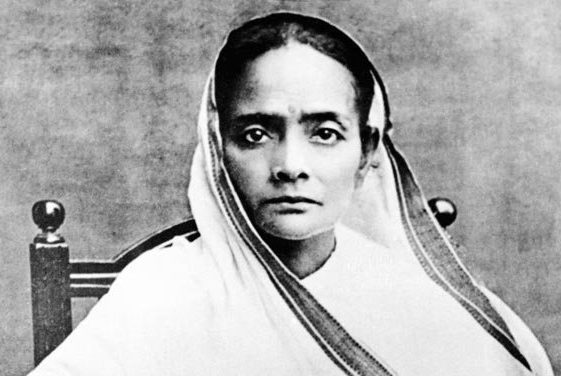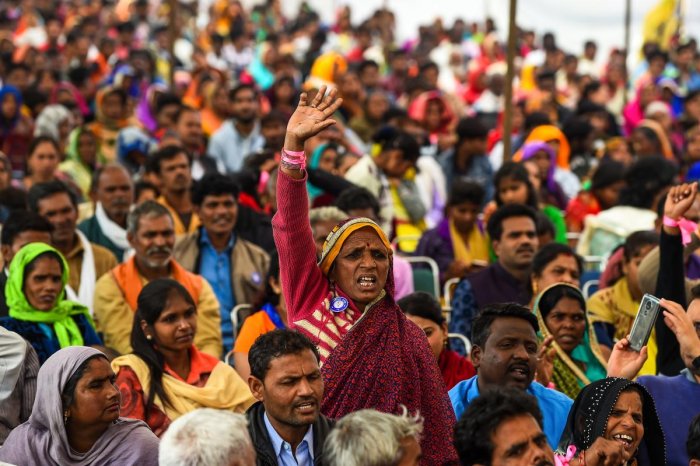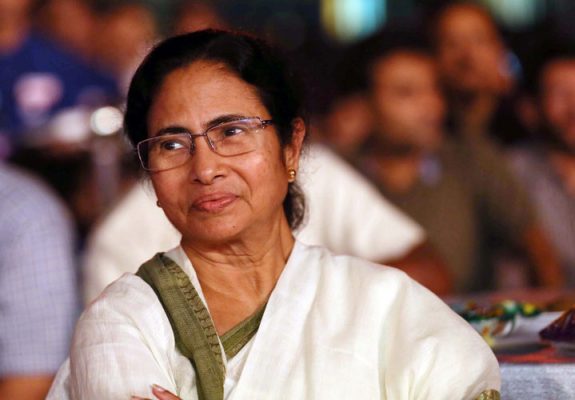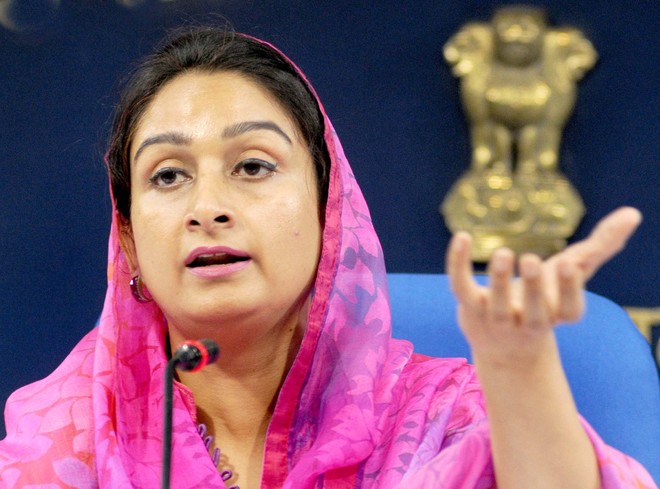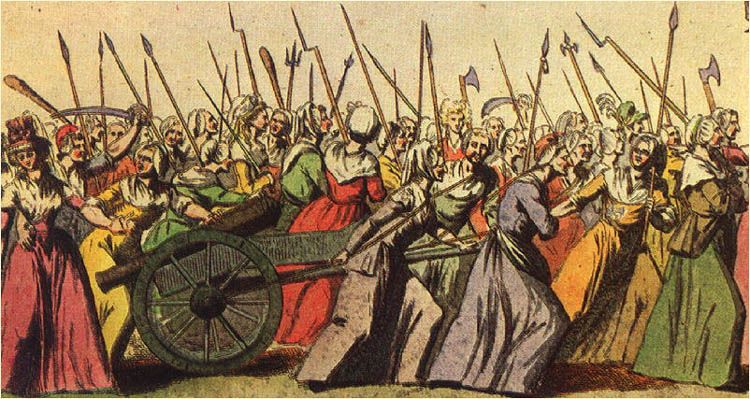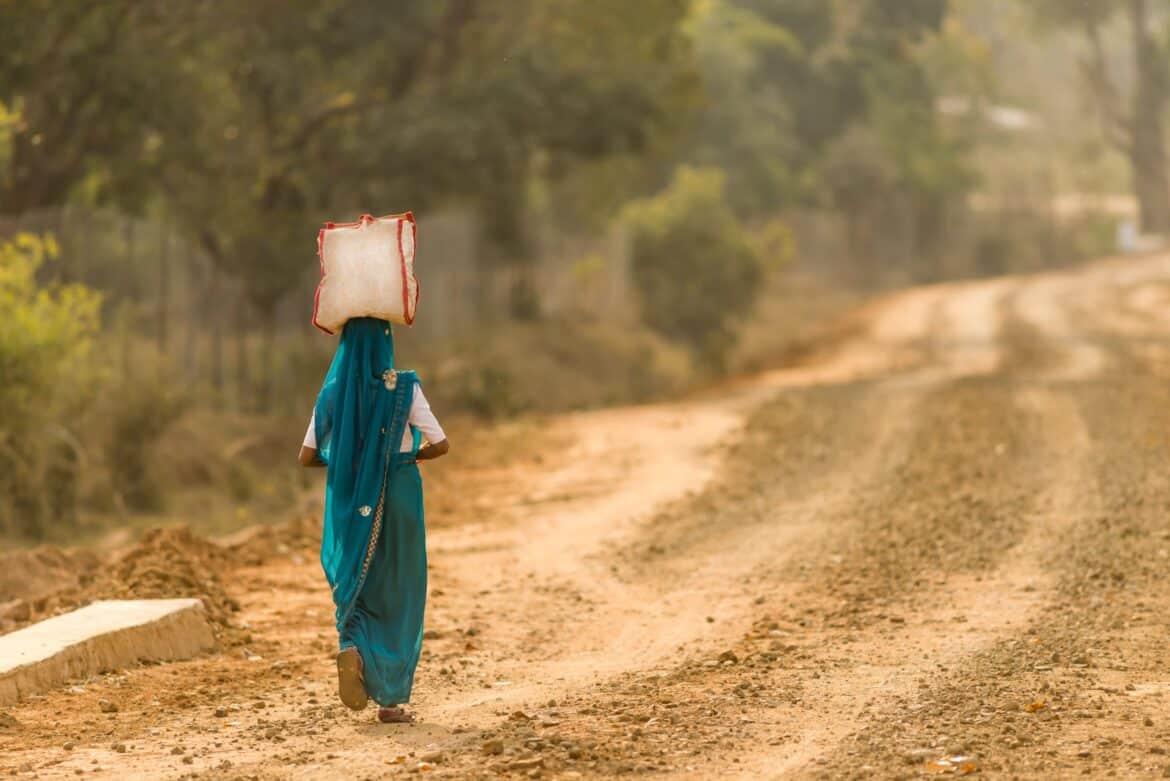By Avani Bansal
We all know of Mohandas Karamchand Gandhi – popularly called ‘Father of Our Nation’, but did you know that his wife – Kasturba Gandhi was a powerhouse, who gave it her all for India’s independence.
Born in Porbandar on 11 April 1869, she was married at the age of 14 years, to Gandhiji who was only 13 years old then. They had four sons – Harilal, Manilal, Ramdas and Devdas, but she could not ever fully recover from the loss of her first son.
She was not just a doting mother, a committed wife but was also instrumental in bringing women together for India’s independence movement.
In 1904, when Gandhiji established the Phoenix Settlement near Durban, she involved herself fully with the day-to-day management of it. In 1913, she was arrested in South Africa, when she participated in the protests against ill treatment of Indians in South Africa. But even while in prison, she saw it as an opportunity to encourage women to learn how to read and write. She also impressed upon them the power of prayer, especially in the fight against oppression.
A famous anecdote is that when Gandhiji was fighting for the rights of indigo farmers in Champaran, Bihar, on their return to India – Gandhiji was very concerned about the low turn- out of women in political meetings. He requested Kasturba ji to visit the women in the nearby villages to find out the reason. She met the women and realized that women in those villages were so poor that they often had only one sari amongst them, so only one of them could attend the meeting.
During the Satyagraha movement, in 1922, inspite of poor health, she continued to actively participate in the protests and was arrested several times for the same. While managing her children, who were young, she never underestimated the role of women in the freedom struggle.
While some may think, that she only shadowed her husband, Gandhiji himself is said to have remarked that Kasturba ji was always an equal and did everything in her control to fight the fight. In 1939, she had to undergo solitary confinement for a month, when protesting in Rajkot, Gujarat. During the Quit India Movement of 1942, she along with other freedom fighters was arrested and kept in Aga Khan Palace in Pune. Her health greatly suffered during this time and in 1944, she had two massive heart attacks. She passed away on 22 February, 1944 at the age of 74 years.
The Kasturba Gandhi National Memorial Trust was set up to help continue her work for the welfare of women and children.
Here is a salute to all the women who played an equal part in the freedom struggle, sometimes with unequal recognition. They proved to the world that India is ready not just for a political revolution but also for a social revolution as regards the upliftment of women. History will remember Kasturba ji, not just as a wife who supported her husband in the freedom struggle but as a trailblazer who through her own life – disrupted gender stereotypes, and laid the path for women’s equal participation in every sphere of political and national activity. Infact she is said to have donated all her jewellery, given by her mother-in law to the Congress party for funding the freedom struggle.
May her struggle and life inspire young women all across India today to play a crucial role in shaping the destiny of our nation.


